In this post, we will study the classification of solenoid valves.
Solenoid valves are valves that convert electrical energy into mechanical energy. This energy is then used to control the flow of various mediums like liquids and gases. It is basically an electric coil (solenoid) with a movable plunger in the center.
In the off position, the plunger is closed. When the current passes through the coil, a magnetic field is formed which pushes an upward force on the plunger. This opens it. When the current flow stops, the magnetic field again de-energizes and closes the valve.
There are many types of valves available and it entirely depends on what type of application you are using the valve.
Classification of Solenoid Valves
Let us understand some general types based on various categories.
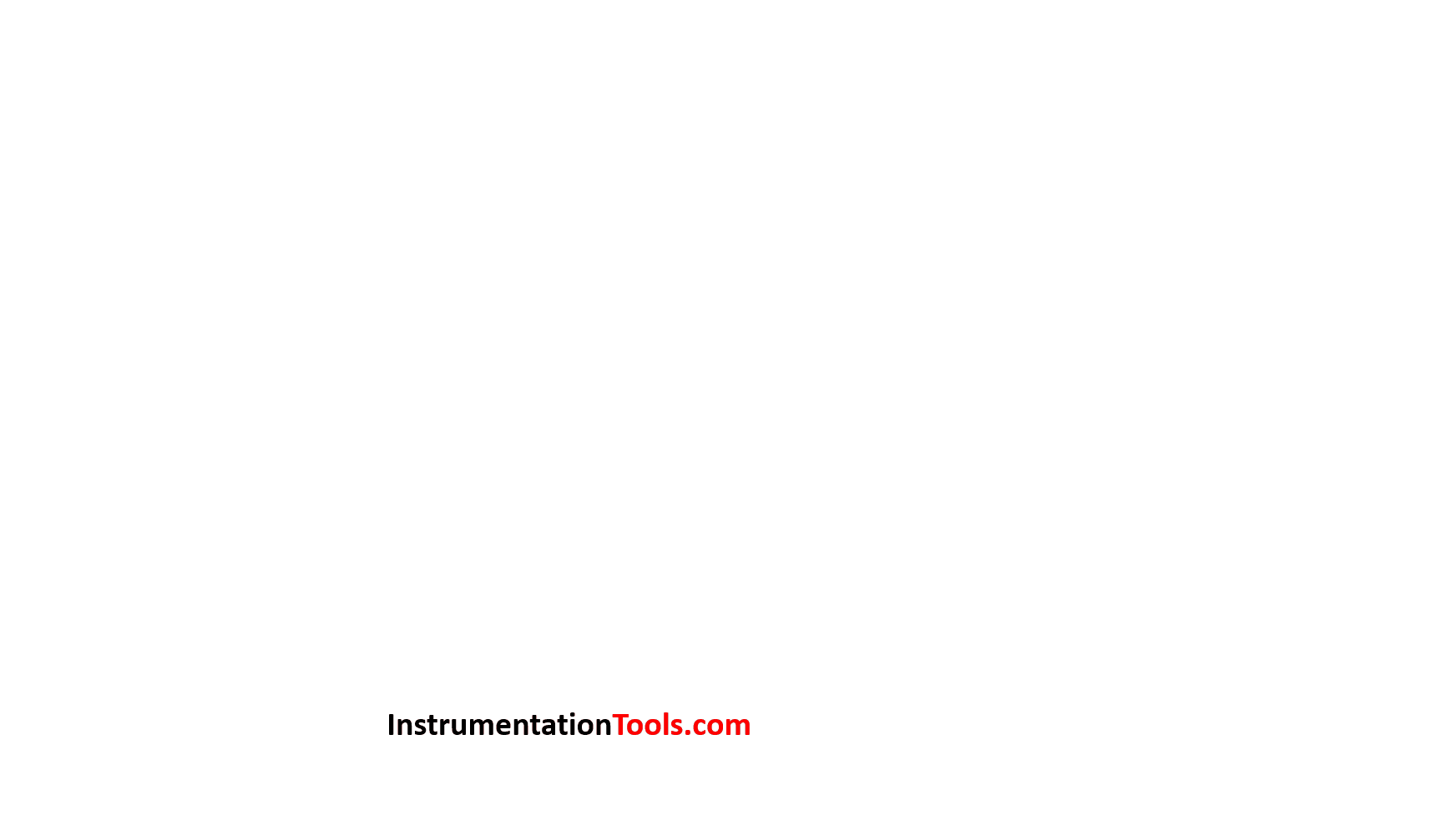
Based on Circuit Function
Based on circuit function, the solenoid valves are classified as 2-way solenoid valve, 3-way solenoid valve, 4-way solenoid valve, etc.
We can also name this classification as “Based on Port type”.
2-Way Solenoid Valve
It is a simple type of valve which is commonly used in on-off conditions (means whether to pass the fluid or not). It has only two ports.
The meaning of the solenoid valve that we discussed earlier is a 2-way valve.
Read more details of the 2-way solenoid valve.
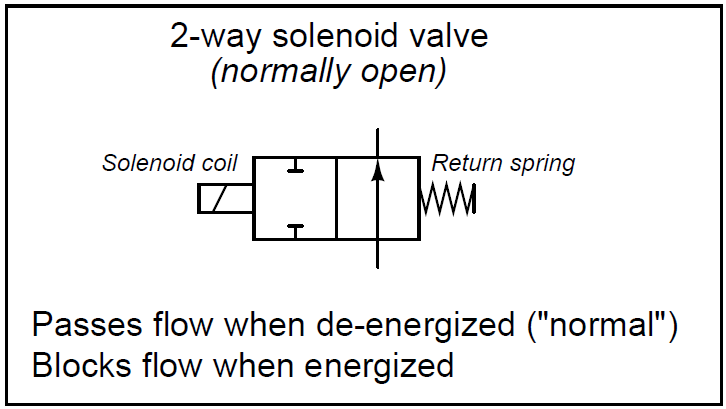
3-Way Solenoid Valve
This type of valve has 3 ports. If the valve is not energized, it passes the medium in a particular direction.
When the valve is energized, it diverts the direction and passes the fluid in another direction.
Read more details of the 3-way solenoid valve.
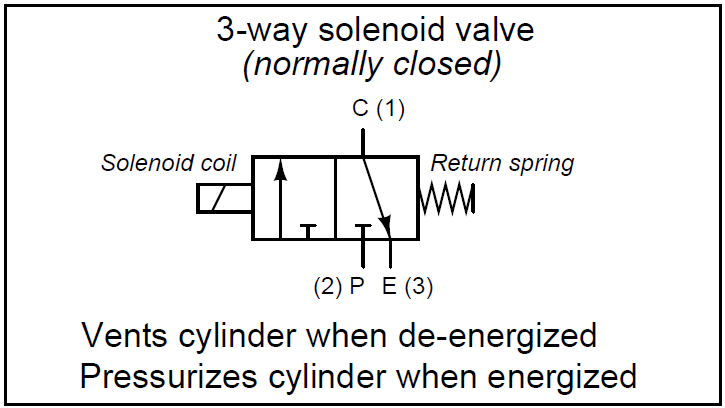
Read more details of the 4-way solenoid valve.
Based on Operating Mechanism
Based on working principle and function, the solenoid valves are classified as direct-acting and pilot-operated types.
We can also name this classification as “working principle”.
Direct Acting Solenoid Valve
As the name applies, it is a simple electrically operated valve that causes mechanical motion and opens or closes the plunger inside. It is the same principle that we discussed earlier.
The direct-acting solenoid valve requires full power to operate. When the pressure is retracted, that means the coil is off and when the pressure is released, it means the coil is on.
Pilot Operated Solenoid Valve
In this valve, the pressure of the fluid is enough to open or close the solenoid.
The coil used is of smaller size and lower cost. It does not rely entirely on electric energy to operate the valve.
Based on Fail Mode
Based on fail mode, the solenoid valves are classified as normally-open and normally-closed types.
We can also name this classification as “Based on type”.
Normally Open Solenoid Valve
When the normally-open valve is de-energized, it means the valve will be open. When the valve is energized, it means the valve will be closed.
The electromagnetic force pushes the plunger downwards in closed conditions and does not allow the media to flow.
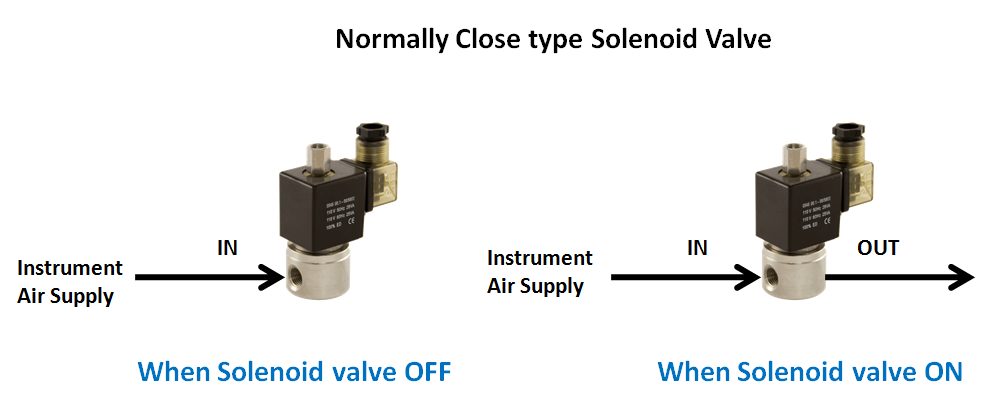
Normally Closed Solenoid Valve
When the normally closed valve is energized, it means the valve will be open. When the valve is de-energized, it means the valve will be closed.
The electromagnetic force pushes the plunger upwards in open conditions and allows the media to flow.
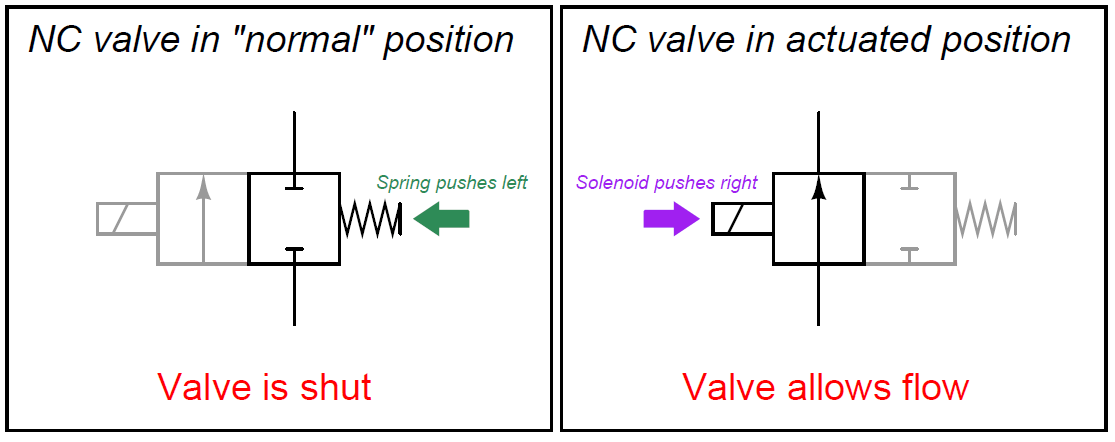
Universal Solenoid Valve
The universal solenoid valves are configurable either to work as normally-open solenoid valves or normally-closed solenoid valves as per our requirement.
Based on Power Supply
Based on power supply, the solenoid valves are classified as AC and DC types.
AC Solenoid Valves
These solenoid valves use an AC power supply for operating. Here AC means alternating current.
DC Solenoid Valves
These solenoid valves use a DC power supply for operating. Here DC means direct current.
Also Read: Compare AC and DC Solenoid Valves
How to Select a Solenoid Valve?
Now, let us have a look at some general selection criteria before deciding the valve to be used.
- Decide based on the media which is going to flow. Also, understand what is the temperature and source of the media.
- Decide based on the pressure of the line and also understand the differential pressure (difference between inlet port pressure and outlet port pressure)
- Decide based on the nearby environment of the valve and what type of NEMA enclosure the valve will require.
- Understand the electrical requirements of the valve (voltage feed, current capacity) before choosing the final product.
In this way, we had a look at some general types of solenoid valves.
If you liked this article, then please subscribe to our YouTube Channel for Electrical, Electronics, Instrumentation, PLC, and SCADA video tutorials.
You can also follow us on Facebook and Twitter to receive daily updates.
Next Quiz:
- Solenoid Valve Size
- AC and DC Solenoid Valve
- Solenoid Manual Override
- Direct Acting Solenoid Valve
- Solenoid Valve with Manual Reset
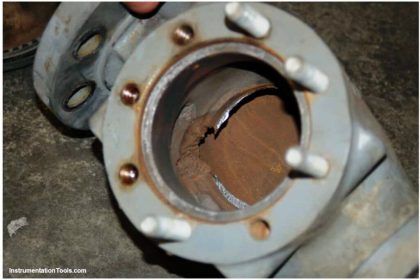
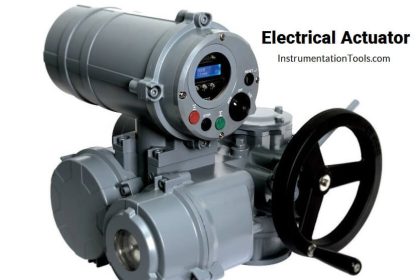
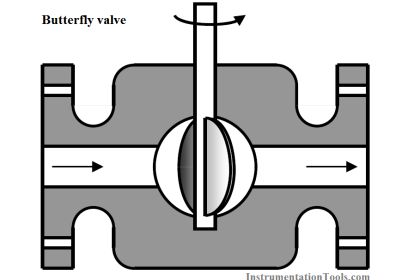
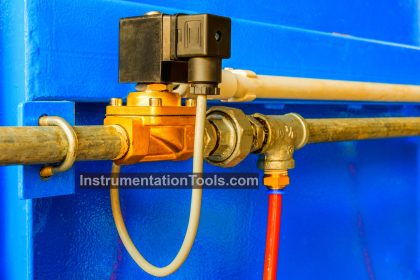
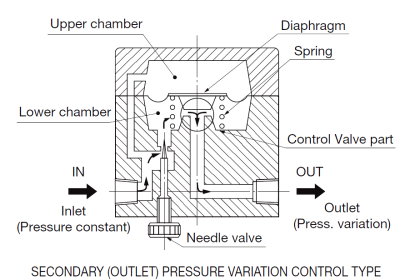

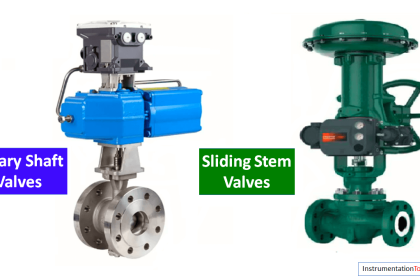
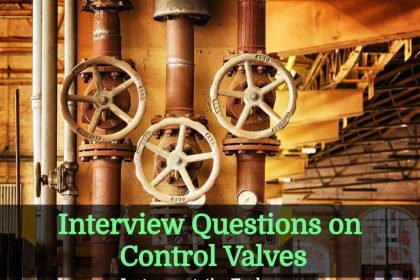
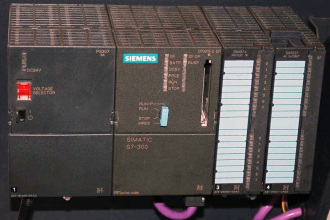
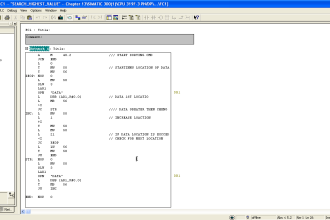
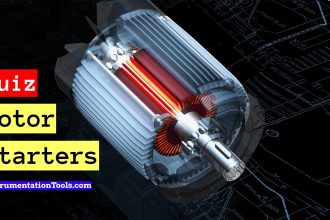
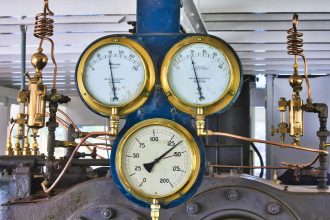

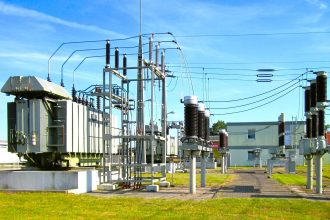
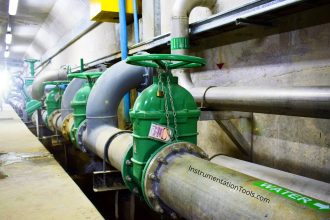
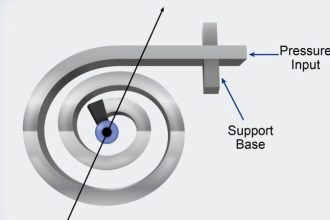

Excellent post, Viral! In a variety of industrial applications, solenoid valves provide dependable and efficient control of flowing fluid, pressure, and movement. However, given the numerous valve design options, it is critical to understand your unique fluid-control requirements and then how to pick a valve that will deliver optimal efficiency and safety in operations.
I appreciate your explanation when you told us that solenoid valves are used to convert electrical energy into mechanical energy, which is then used to control the flow of liquids, gases, and various other mediums. My brother invested in an appliance manufacturing company recently, and it seems like they need a new solenoid valve manufacturer to work with moving forward. I’ll take note of this while I help my brother look for a manufacturing company her can hire to supply his factory with the solenoid valves they need soon.